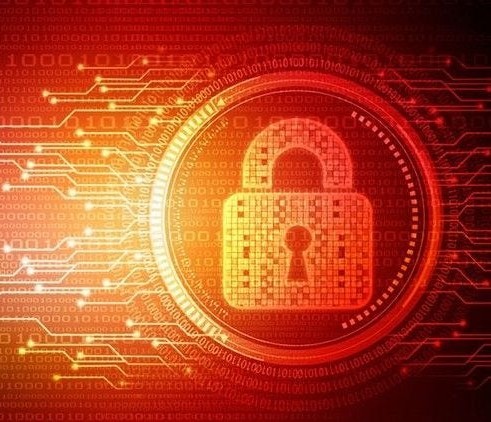
The rapid shift to remote work and the widespread use of Bring Your Own Device (BYOD) policies have introduced new cybersecurity challenges for organizations. The expanded attack surface, increased reliance on personal devices, and remote network access create vulnerabilities that cybercriminals can exploit. Understanding and addressing these challenges is crucial for maintaining a secure remote work environment. Let’s explore some of the key cybersecurity challenges in the era of remote work and BYOD.
1. Endpoint Security: With remote work and BYOD, employees connect to corporate networks using various devices, including personal laptops, smartphones, and tablets. Ensuring the security of these endpoints becomes critical. Organizations must implement strong endpoint protection measures such as antivirus software, firewalls, and encryption to mitigate the risk of malware infections and unauthorized access.
2. Secure Remote Access: Remote work necessitates secure remote access to corporate resources. VPNs, multi-factor authentication (MFA), and secure remote desktop protocols are essential for encrypting connections and verifying user identities. Organizations should enforce strict access controls and monitor remote access activities to detect any suspicious behavior or unauthorized access attempts.
3. Data Protection and Privacy: The remote work environment increases the risk of data breaches and privacy violations. Sensitive data may be stored and transmitted outside the corporate network, making it more susceptible to unauthorized access. Implementing data protection measures such as encryption, data loss prevention (DLP), and data classification policies is crucial to safeguard sensitive information.
4. Phishing and Social Engineering: Cybercriminals exploit the vulnerabilities of remote workers through phishing attacks and social engineering tactics. Employees working outside the corporate network may be more susceptible to malicious emails, fake websites, and social engineering scams. Regular employee training and awareness programs can help mitigate these risks by educating employees about common attack vectors and best practices for identifying and reporting suspicious activities.
5. Home Network Security: Home networks may lack the robust security measures implemented in corporate environments. Weak passwords, unpatched routers, and outdated firmware can create vulnerabilities that cybercriminals can exploit. Educating employees about home network security best practices and providing guidelines for securing their home networks can help mitigate these risks.
6. Data Backup and Recovery: With remote work, the risk of data loss due to device theft, hardware failure, or human error increases. Regular data backups, both locally and in the cloud, are essential to prevent data loss and enable quick recovery in case of incidents. Organizations should establish clear data backup policies and ensure employees adhere to them.
7. Shadow IT: The use of unauthorized applications and services (Shadow IT) can introduce security risks. Employees may adopt unsanctioned cloud services or collaboration tools without proper security controls. Organizations should provide secure alternatives and educate employees about the risks associated with using unauthorized applications.
8. Compliance and Regulatory Considerations: Remote work may introduce compliance challenges, particularly with data protection and privacy regulations. Organizations must ensure that remote work practices align with regulatory requirements, including data handling, storage, and cross-border data transfer. Regular audits and assessments can help identify compliance gaps and ensure adherence to relevant regulations.
Addressing the cybersecurity challenges in the era of remote work and BYOD requires a multi-layered approach. Organizations should implement robust security measures, provide ongoing cybersecurity awareness training, enforce policies and best practices, and regularly assess the effectiveness of their security controls. By prioritizing cybersecurity and staying vigilant, organizations can maintain a secure remote work environment and protect sensitive data from evolving threats.
If you need assistance in implementing secure remote work solutions, strengthening your cybersecurity posture, or have any other technology-related questions, visit us at www.infradapt.com or call us at 484-546-2000. Our team of experts can provide guidance, support, and tailored solutions to address your specific cybersecurity challenges.